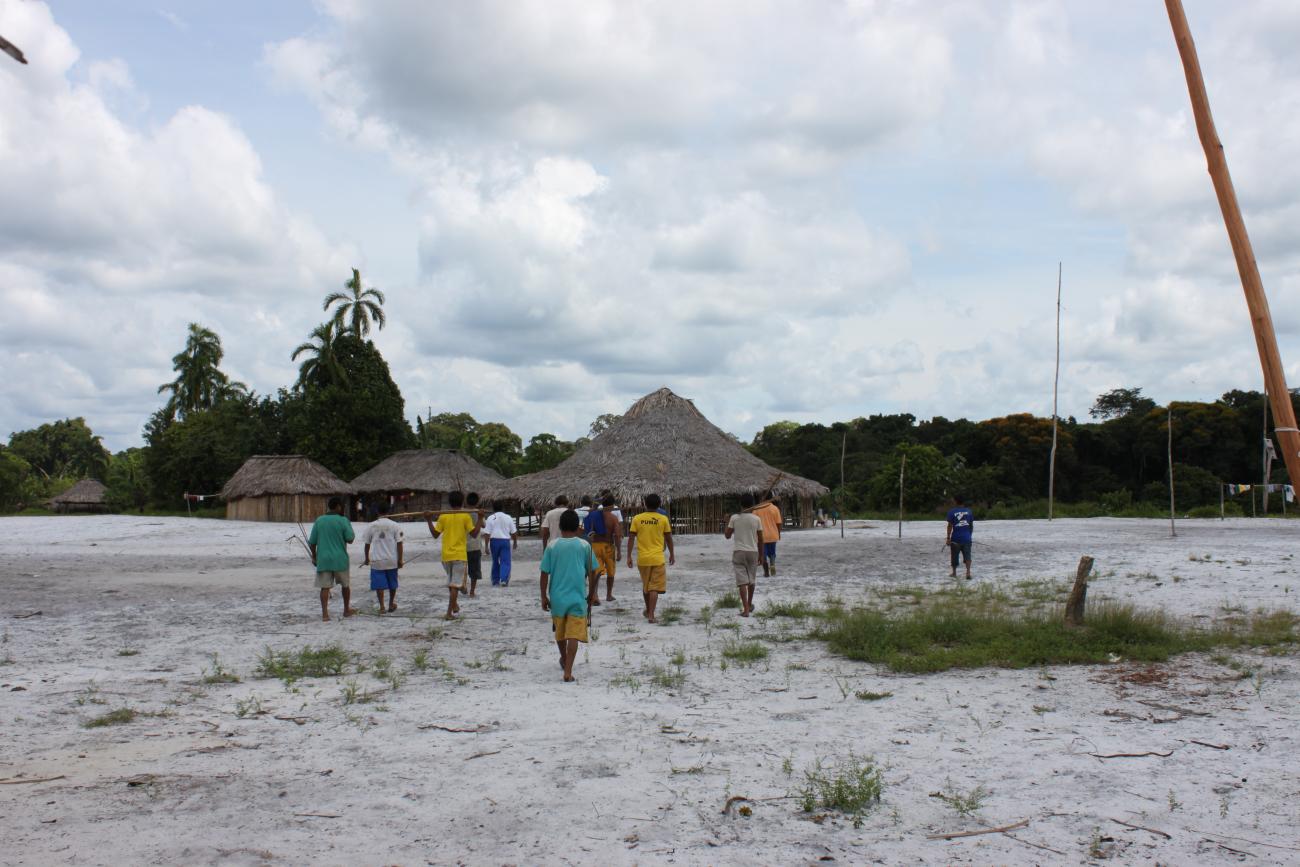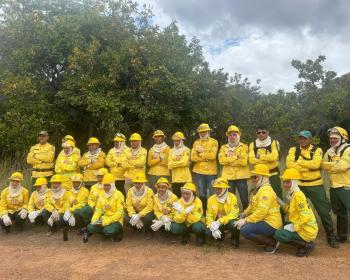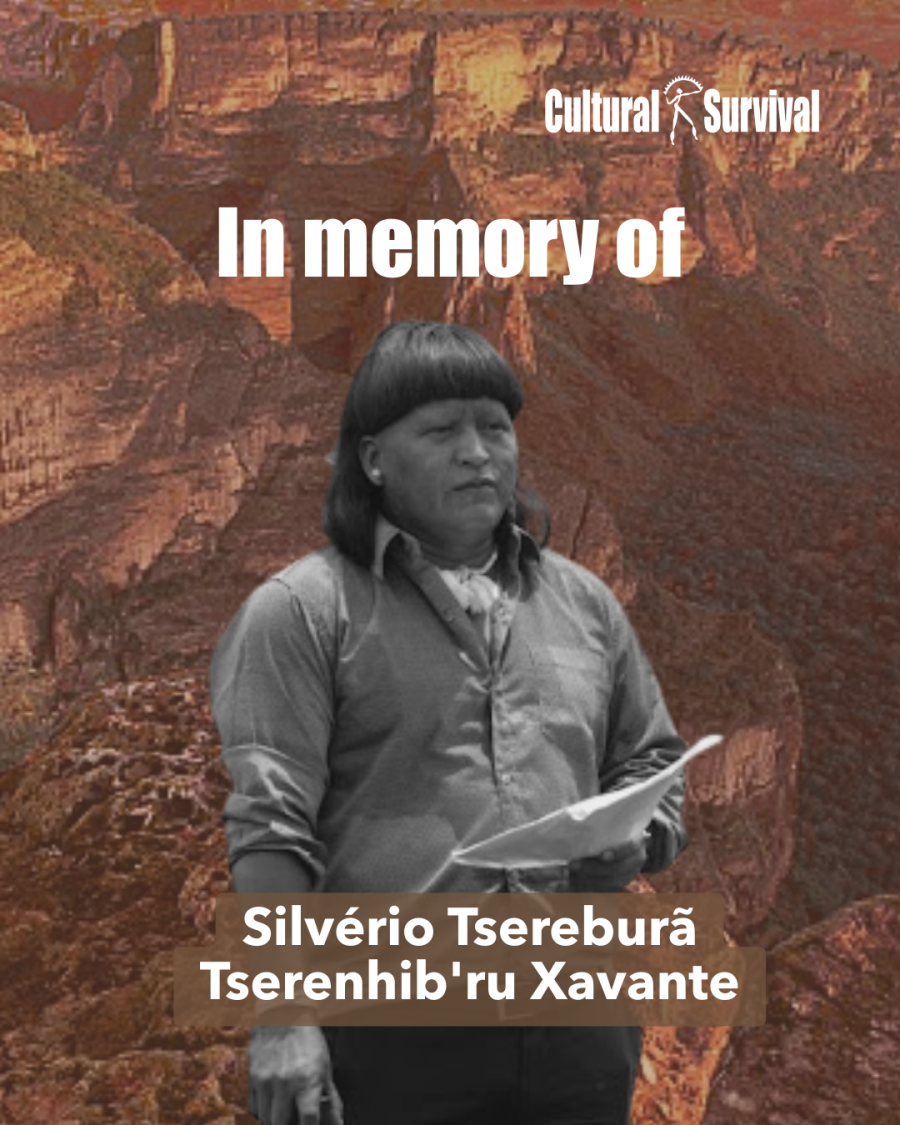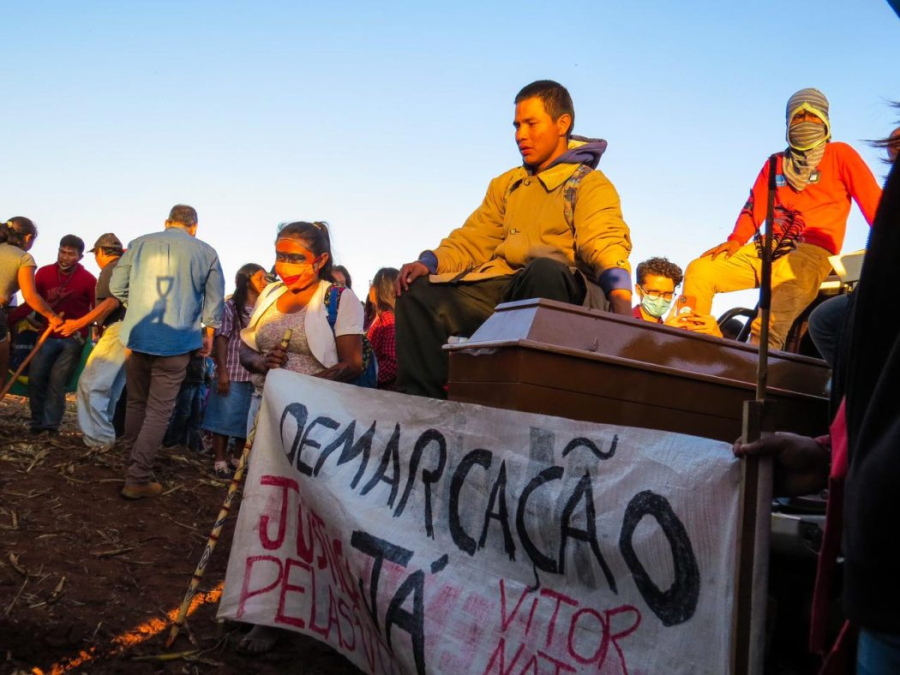
By Coletivo Buopés
The mothers' weeping echoes through the Hup villages in the Upper Rio Negro region of Amazonas, Brazil. It is deafening. The fathers carry their children in their arms. The cemetery is opened once again; two more children are laid to rest. Two little girls, who not long ago were smiling, speaking their first words, playing around the houses. Two little girls who had just begun to know the world, the rivers, the forest paths. They had received their ancestral names, carefully chosen by their grandparents; their souls, newly arrived from the Lake of Milk, had been protected against all the diseases caused by the Fish-People, by Thunder, by the Snake-People. Sadly, however, they could not resist the 'diseases of the whites' – influenza and diarrhea, compounded by a lack of medicines and medical care. The community gathers around the small bodies, crying as they see the children's cemetery grow larger. As Jovino, the community's Indigenous health agent says, "We cannot hold onto life."
Life has become more and more difficult over the past few years in the Upper Rio Negro region of Amazonas, Brazil. When the Hup community of Taracuá Igarapé, a village of about 200 people on the Rio Tiquié, reported the deaths of these two children on January 16, 2013, they sent news that some fourteen other children in the community were also ill. However, the regional health posts were vacant, and had been so for many weeks.
The events in the Hup community in January 2013 represent just one more indication that Indigenous health care in the Upper Rio Negro region has reached a point of crisis. Although the turn of the 21st century saw positive advances in regional efforts to provide health care to the many Indigenous communities in the region, the past five years have seen a gradual reduction in the activities of the Distrito Sanitário Especial Indígena Alto Rio Negro (DSEI-RN), the governmental organization responsible for meeting Indigenous health needs. This reduction has had a devastating impact on local health and has corresponded to a sharp jump in mortality rates. At least 23 different Indigenous peoples inhabit the Upper Rio Negro region, the largest area of Indigenous lands within Brazil. Throughout the region, easily treated clinical symptoms such as diarrhea lead to serious diseases; low weight evolves into malnutrition in few weeks; common colds develop into pneumonia. Deaths, especially among children under age five, are frequent. The problems are due in part to the fact that many of the illnesses affecting the Indigenous population of this region and elsewhere originated outside the region, and the native peoples have little natural resistance and few resources to combat them. Similarly, nutritional deficits have in many cases been greatly exacerbated by social changes brought on by increased contact with the national society.
The DSEI-RN is responsible for basic health care among the Indigenous populations in the regions around São Gabriel da Cachoeira, Santa Isabel do Rio Negro, and Barcelos. However, for over five years this governmental organization has been in disarray, plagued by corruption, and non-compliant with the national policy for Indian health. The health teams are unprepared to engage with Indigenous culture, and the DSEI logistical system is in chaos, as documented in a 2010 report aired on Brazilian television (see https://www.youtube.com/watch?v=xNMjyZGw0DM). Although financial resources are in fact sufficient for the SESAI and the DSEI to implement adequate health care, the tragic situation of Indigenous health in Brazil today is a direct result of the mismanagement of these public resources. Indigenous and non-governmental organizations have made many attempts to denounce the ineffectiveness of the current system – to the media, the Federal Public Ministry, the Ministry of Health, and international organizations – but their complaints are not taken into account by the public administration. Meanwhile, Hup, Yuhup, Tukano, Desano, Kotiria and other children continue to die, as do children in many other Indigenous communities across Brazil.
--Coletivo Buopés is ag roup formed in 2013 by researchers working in the Upper Rio Negro region, Amazonas, Brazil, with the goal of calling attention to the dramatic situation of indigenous health in the region and the urgent need for competent assistance. Members of the group are the anthropologists and linguists Danilo P. Ramos, Georgia Silva, Lirian Monteiro, and Patience Epps.



